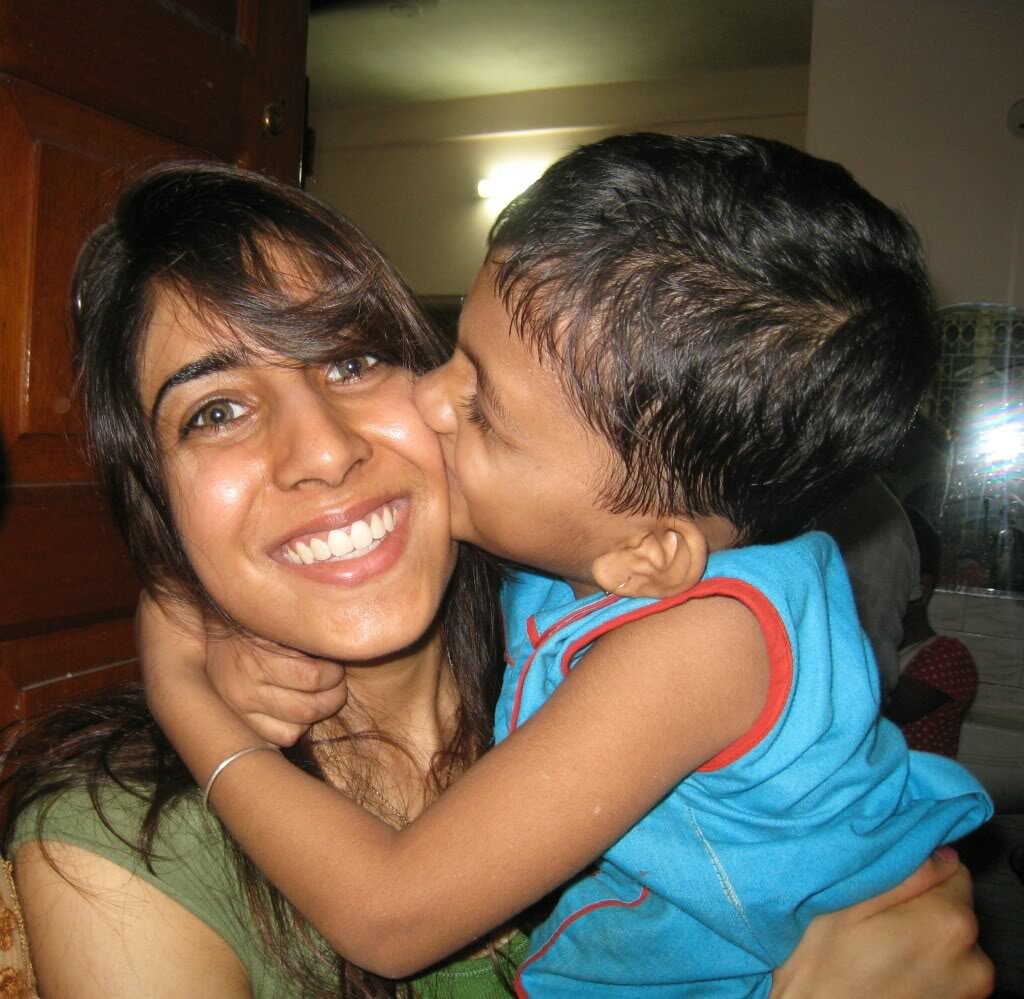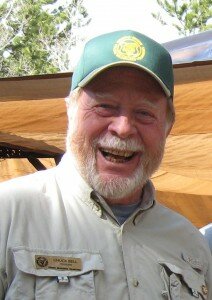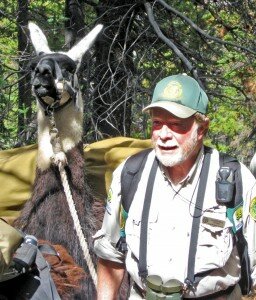
Dear Friends,
Last week was an extraordinary week of celebrating people in action. During National Volunteer Week, we have commemorated the one-year anniversary of the Landmark Edward M. Kennedy Serve America Act, convened a thought-provoking Summit on using technology and social media for social good, and celebrated Extra Mile inductees and change agents. And our Network has galvanized tens of thousands of volunteers in celebration of Earth Day and Global Youth Service Day.
LEAD Summit
Points of Light Institute and HandsOn Network, through the sponsorship of University of Phoenix and SAP, convened media innovators, nonprofit experts, and more than 300 volunteer leaders in a first-ever Summit to discuss new-media ways to  engage and mobilize volunteers. Together, we explored the power of new social media platforms and reflected upon how volunteer leaders are creating new pathways of self-organizing for change.
engage and mobilize volunteers. Together, we explored the power of new social media platforms and reflected upon how volunteer leaders are creating new pathways of self-organizing for change.
Rich Harwood, a brilliant public intellectual and civic leader, moderated our day, and Allison Fine, author and social media expert, provoked new ways of thinking about “networked” organizations that are truly beginning to live out their missions with transparency, stakeholder leadership, and interactive engagement. They may well change the civic landscape.
We enjoyed robust conversations about new and old media with Ian Cameron, producer of “This Week with George Stephanopoulos” on ABC, and CNN correspondent Jessica Yellin, who pointed to the importance of creating a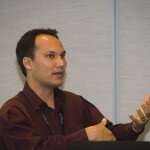
narrative for service that is compelling and emotive. J.B. Brown, of NFL fame, moderated our lunch panel with Todd Bernstein, Gregg Petersmeyer, Olin Lagon from Kanu Hawaii, and Maya Enista, who heads mobilize.org. Olin talked about the power of parents and young people who sat in at the state capital in Honolulu for days to demand restoration of school days that had been eliminated due to budget cuts. (The days were restored.) Maya talked about the power of the Millennial Generation to envision new ways of creating change.
Finally, Sonal Shah, White House Director of Social Innovation, shared the Administration’s innovation agenda and reflected upon applying the lessons of the campaign and the private sector to volunteer mobilization.
We leveraged social media to enhance the Summit, generate buzz about volunteer week, and connect people and organizations from all across the country and around the world. On April 20th, the day of the LEAD Summit, our social media activity reached an audience of more than 700,000 and, at the mid-point of volunteer week, our overall social media efforts reached almost 1.2 million individuals. On twitter alone, the #VolWk hashtag aggregated more than 2,300 micro communications about National Volunteer Week. The event twitter feed streamed live throughout the event, and participants created robust, content-rich real-time transcripts of each breakout session using unique twitter hashtags.
Not surprisingly, the session on “How to Use Facebook, Twitter, and YouTube to Mobilize People to Take Action” was standing room only. You can view the LEAD Summit notes here.
A Celebration of Extraordinary Achievements
At an evening celebration of National Volunteer Week, sponsored by Procter and Gamble, we commemorated the one-year passage of the Edward M. Kennedy Serve America Act with our partners at Service Nation, and heard from speakers ranging

Gabrielle Union and Neil Bush
from Congressman David Price to actress Gabrielle Union. Congressman David Loebsack closed with an eloquent argument for the importance of funding the Volunteer Generation Fund.
We also honored volunteers from Make A Difference Day, such as 17-year-old Lucas Metropulos, who initiated a program to teach low-income children in Florida about fishing. And we looked back on the extraordinary change agents that have shaped our history and inducted three new nominees into the Extra Mile: Ethel Percy Andrus, George Edmund Haynes, and Ruth Standish Baldwin.
Dr. Andrus was a schoolteacher who became the first woman high school principal in California. She was outraged by pensions so meager that a retired teacher she knew was reduced to living in a chicken coop. She founded the National Retired Teachers Association and then the American Association of Retired Persons. AARP now has 35 million members and provides a multitude of services to people age 50 and over.
Ruth Baldwin was a widow concerned about the many African-American women moving to Northern cities in the late 1800s for jobs that never materialized. Dr. Haynes, the first African-American to receive a doctorate from Columbia University, was passionate about helping African-Americans from rural areas adapt to northern urban life, a hostile environment for many of them. Together, Ruth Baldwin and Dr. Haynes founded the National Urban League, which now has 100 affiliates worldwide, offering economic empowerment and educational opportunities for African-Americans.
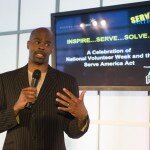
Michael Jr
These extraordinary change agents and the 31 others that are celebrated on the Extra Mile remind us that although there are new pathways such as social media to make a difference, all change is rooted in individuals, seeing problems and solutions in new ways, and uniting with other citizens to act and advocate for change over the long-term.
We look forward to sharing more stories of a new generation of change agents over the coming weeks.
In Service,

Michelle Nunn
CEO, Points of Light Institute
Co-Founder, HandsOn Network



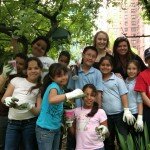 Children for Children, Kids Care Clubs, HandsOn Schools, and our HandsOn Action Center-driven youth programs – all under one banner. We are scaling the success of the HandsOn model and putting youth at the center of change through service. We saw the impact of this next generation throughout the country last weekend.
Children for Children, Kids Care Clubs, HandsOn Schools, and our HandsOn Action Center-driven youth programs – all under one banner. We are scaling the success of the HandsOn model and putting youth at the center of change through service. We saw the impact of this next generation throughout the country last weekend. They used exercise in their dance routines and taught lessons about a proper diet to their peers through performance.
They used exercise in their dance routines and taught lessons about a proper diet to their peers through performance.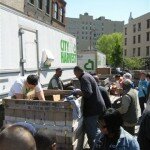


 engage and mobilize volunteers. Together, we explored the power of new social media platforms and reflected upon how volunteer leaders are creating new pathways of self-organizing for change.
engage and mobilize volunteers. Together, we explored the power of new social media platforms and reflected upon how volunteer leaders are creating new pathways of self-organizing for change.




